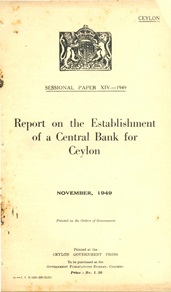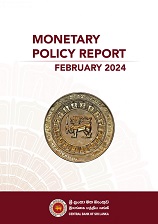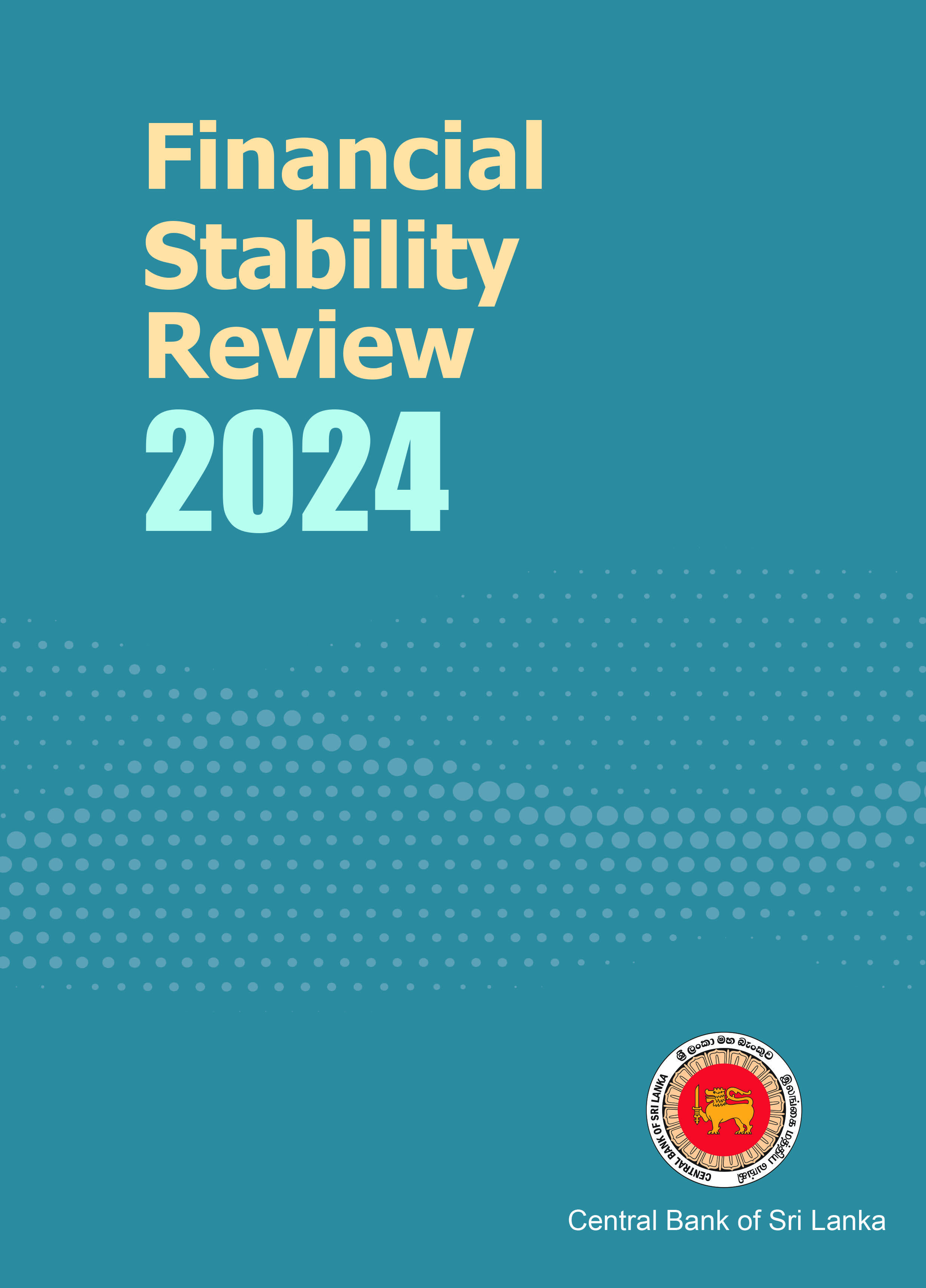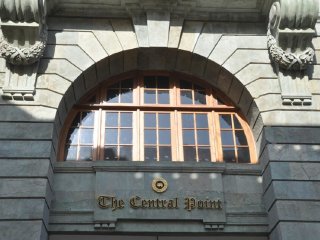The year 2017 was challenging. We have seen economy-wide effects due to inclement weather conditions. The drought and floods disturbed agriculture activities and agro based industrial activities. Spillover effects of these adverse weather conditions impacted the other sectors of the economy as well. As a result, economic growth is expected to be subdued and lower than we projected at the beginning of the year. The tight monetary policy stance of the Central Bank as well as the relatively tight fiscal policy stance of the government, which were adopted with the aim of regaining macroeconomic stability, partly affected public and private investment spending that also contributed to low economic growth. Consumer price inflation increased, mainly due to high food prices associated with weather related domestic supply disruptions, revisions to indirect taxes and increased prices of imported commodities, making our efforts to anchor inflation expectations challenging. Despite the tight monetary policy stance maintained by the Central Bank, growth of monetary aggregates was high during most of 2017, before decelerating to envisaged levels towards the end of the year. Although we have seen signs of a firm recovery in exports with better prospects in key export markets and the flexible exchange rate policy of the Central Bank, the trade account continued to be affected by a largely weather induced increase in import expenditure. The decline in workers’ remittances resulted in a reduction in the cushion against the widening trade deficit in the external current account. Although the fiscal sector has recorded notable improvements in terms of revenue collection, some slippage in the budget deficit is likely in 2017 mainly as a result of weather related fiscal costs and higher interest payments. This could have an adverse impact on achieving the envisaged fiscal consolidation path, while complicating the conduct of monetary and exchange rate policies.
Wednesday, January 3, 2018










